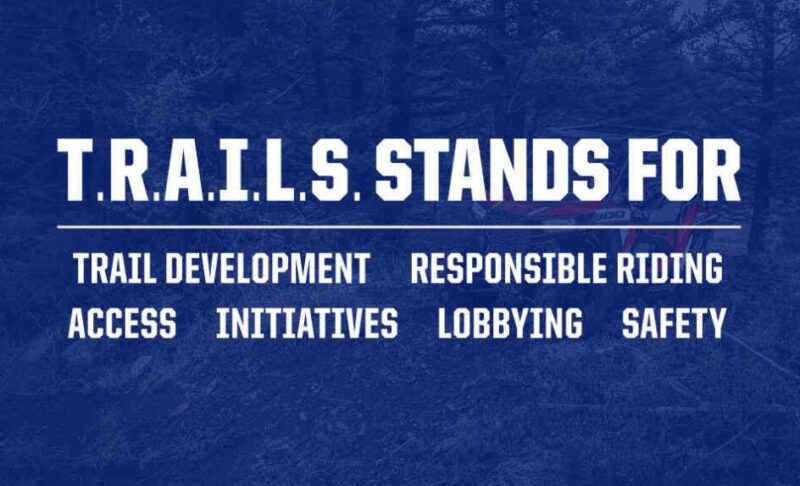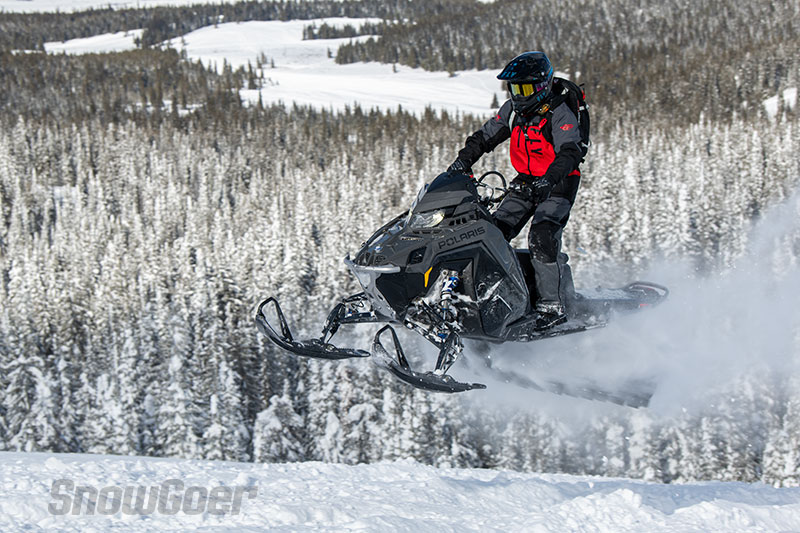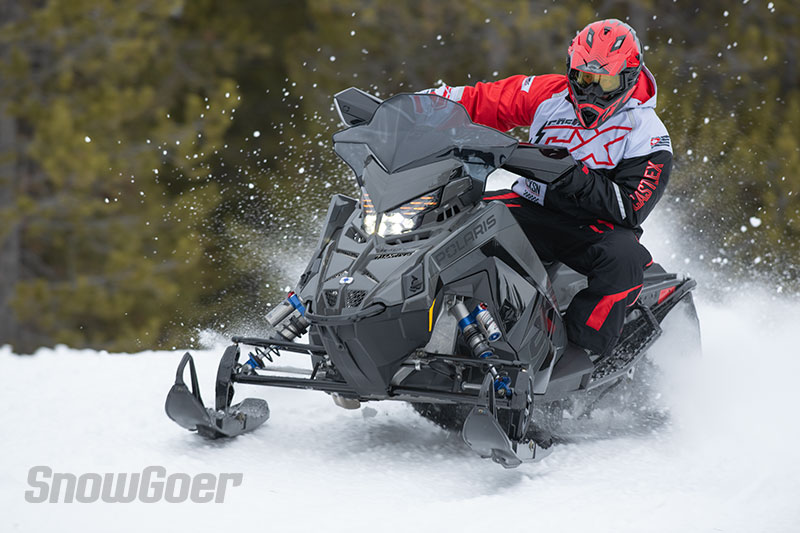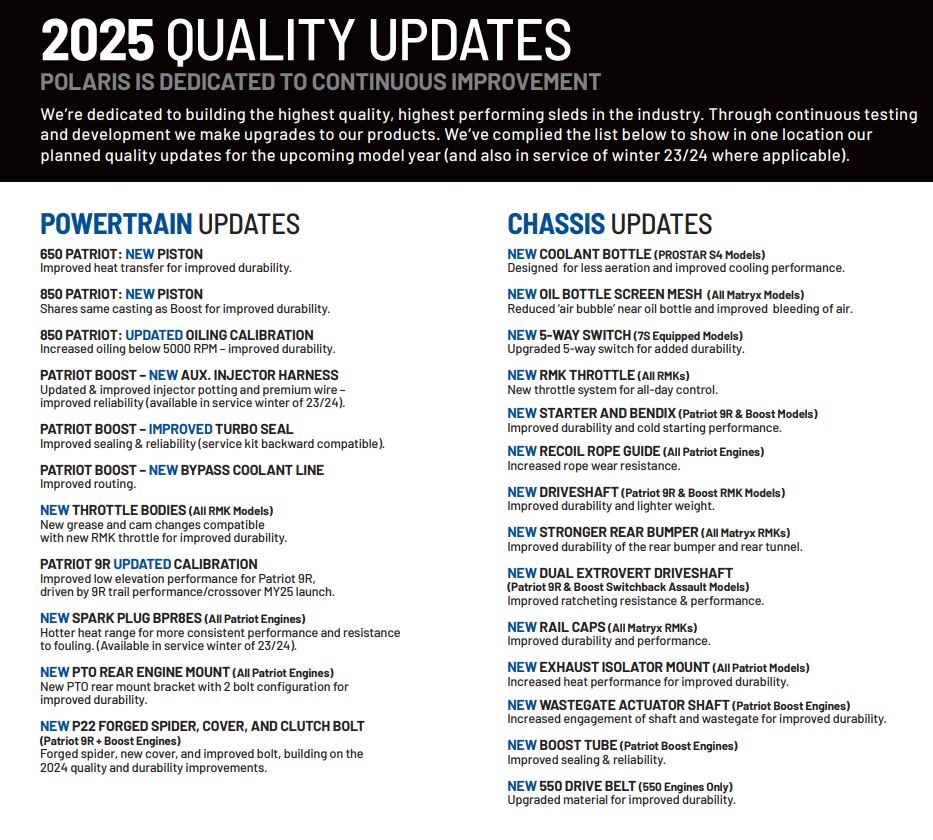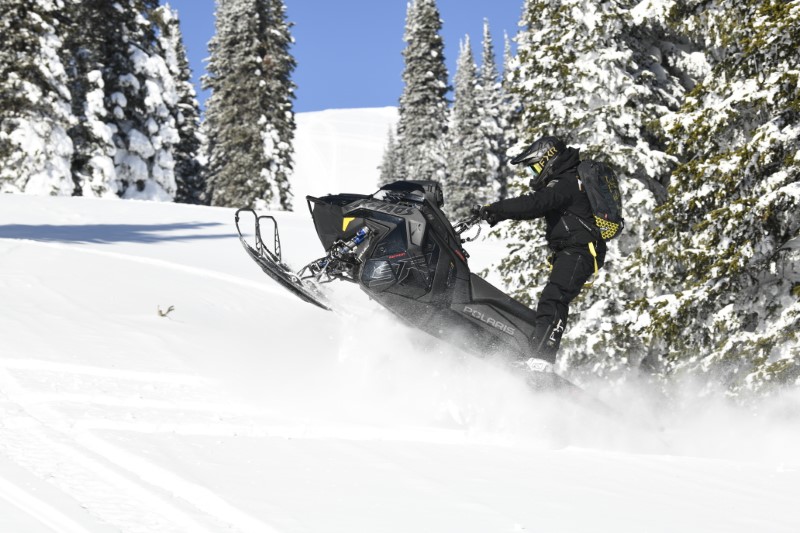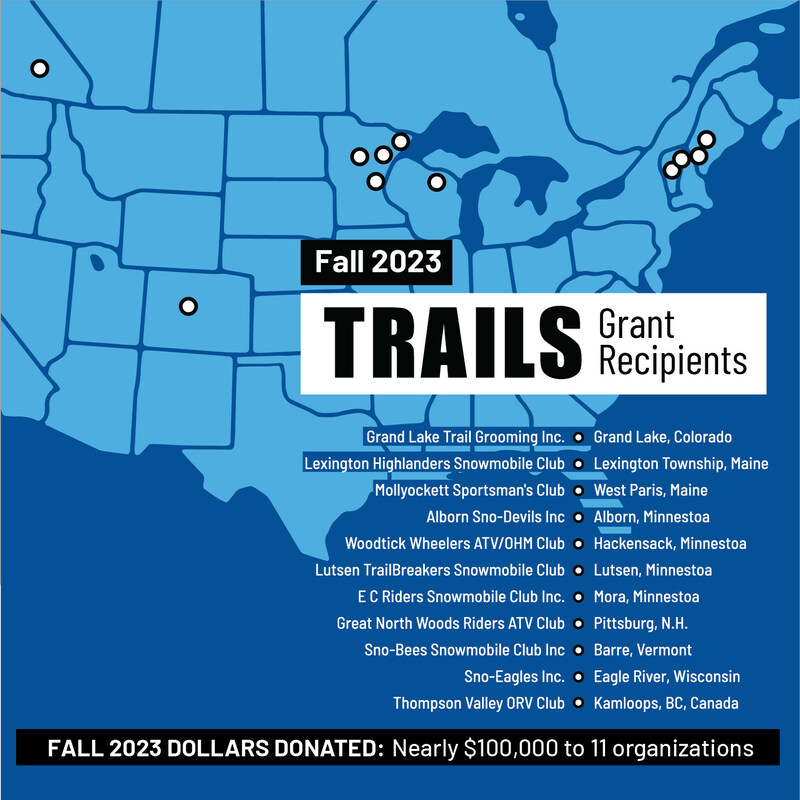
The stresses of international supply chain disruptions for manufacturers were on full display in the Polaris earning call on October 26, when the maker of snowmobiles, ATV/UTV, motorcycles, boats, etc., released a rather gloomy report that sent its stock price tumbling by more than $9 a share.
Just about every Polaris division was affected by the fact that the company cannot delivery on all of the orders it has due to supply chain constraints. Polaris is certainly not alone in the situation. However, as a public company so largely invested in powersports, its quarterly reports provide an excellent example of what’s going on in the larger market and happening at all four sled brands. Ski-Doo, Yamaha and Arctic Cat are facing the same stresses.
Polaris officials said the company met earning expectations for the quarter, which ended on September 30, 2021, and reported record year-to-date sales. Retail demand remained strong, and the company also said it gained market share in ATVs, UTVs and snowmobiles.
However, supply chain problems that affect manufacturing took a bite out of delivering vehicles that have been ordered – both by end consumers and by dealers looking for stocking units. That was reflected in the 31 percent decrease in net income.
The Snowmobile Business
Retail sales of snowmobiles for the third quarter were $28 million, compared to $70 million for the same time period a year before. A “sale” is not recorded until delivery to the end user, so even though Polaris reported a monstrous increase in its Snow Check order program last spring, those sales won’t count until they get into snowmobilers’ trailers, garages or shops.
In a call with the investment community, Polaris CEO Mike Speetzen addressed every segment of the brand’s business, but here’s what he said specifically about snowmobiles:
“Snowmobile retail was down 30 percent in the quarter, despite that our snowmobile business gained share during the quarter as we performed better than the market,” Speetzen said. Later, in answering a question about a rosier outlook for the rest of the calendar year, he added, “ Really the uptick you see in the fourth quarter is largely driven by the snowmobile business as we try and ramp into the seasonality.” The aftermarket and parts, garments and accessories numbers for Polaris also took a hit due to supply chain issues – remember, Polaris not only has its own PG&A division but also owns Klim, 509, Pro Armor, Kolpin and more.
In the larger presentation, Polaris officials noted that dealer inventory levels of snowmobiles were down by about 50 percent year-over-year and by more than 60 percent compared to the pre-COVID third quarter of 2019. ORV (ATVs and side-by-sides) dealer inventories are down about 80 percent compared to two years ago. Anybody who has stopped by their local snowmobile/powersports dealer of any brand in recent months won’t be shocked by those numbers – normally packed showfloors are rather empty these days. In a normal era, a decrease in dealer inventories is celebrated by manufacturers, but in this current era is has actually become somewhat problematic.
“Retail sales were impacted by the substantial deterioration of the supply chain permeating the global economy, but continued interest and demand from existing riders and new customers advanced our market position, further illustrating Polaris’ role as the global leader in powersports,” Speetzen said. “Despite total company sales being flat for the quarter due to component shortages, we gained ORV share for the fourth straight quarter against the backdrop of a very difficult supply chain environment. We expect the supply chain will remain volatile into 2022, but with this team’s tenacity, our strong brands, future product plans, and focused execution, I am excited by what the future holds for Polaris.”
Looking Forward
“In my closing comments, I was talking about dealer inventory levels,” Speetzen said in the investor call. “We don’t expect them to improve dramatically through 2022. Even as you think about if the supply chain starts to loosen up and we can deliver more, demand is still at pretty high levels. And so, I suspect it’s going to take us a while to get the dealer inventory levels back up where they need to be. I mean, company inventory obviously is at a very high level right now, two reasons, one we’re obviously bringing our raw components and second is we have a fair amount of finished goods that are waiting on, one or two or three components. We suspect that that logjam will start to break free and that should start to improve the company inventory profile as we get into 2022.”

